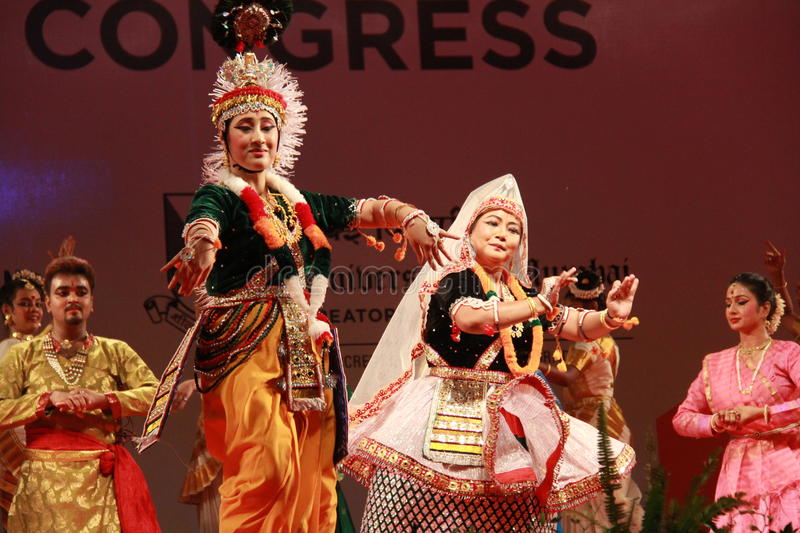The breathtaking culture of Manipur: Manipuri Dance
The Coronavirus has taken the mental toll from most of us now. Let’s try to do something refreshing. We here at Travel Links are taking you to a virtual tour of the cultural rich India. Let’s take you to the different dance forms of India.
The culturally diverse India has a wide range of classical dance forms each special in its own way. The inspiring history of every classical dance form is magnificent. Various states welcomes with a plethora of traditions followed from ages.
Here we have one of the major Indian dance forms, Manipuri named after its origin Manipur, an eastern state of India. Dated back to the 18th century, the dance form is a spectacular execution of Lord Krishna’s Raas Leela, a combination of dance and drama.
Costumes of Manipuri Dance
The dance form is folkloric in its own way. The unique costume of Manipuri ‘natya shastra’ meaning dance and drama differs for men and women. The male dancer wears a traditional dhoti where as a sacred, exquisitely embellished barrel shaped long skirt ‘Potloi’ is worn by the female dancer. Similar to Krishna, the male dancer wears a crown with a peacock feather and the ‘potloi’ is embroidered with gold and silver. The beautiful jewelry adorns the outfit and brings life to the characters of ‘Radha’ and ‘Krishna’.
Tales from epics like ‘Ramayana’ and ‘Mahabharata’ are depicted in the ‘natya shastra’. For expressing their spiritual values, this religious art is performed during some cultural occasions or Hindu festivals.
The elegant gestures, facial expressions and graceful hand movements can take your heart away. The rhythm of the music is mesmerizing making the art lively. Also, the male drummers dance along wearing a white colour ‘dhoti’.
This quarantine time, explore the magnificent classical dance form, Manipuri dance.
Stay Healthy, Stay Safe and Stay at Home



